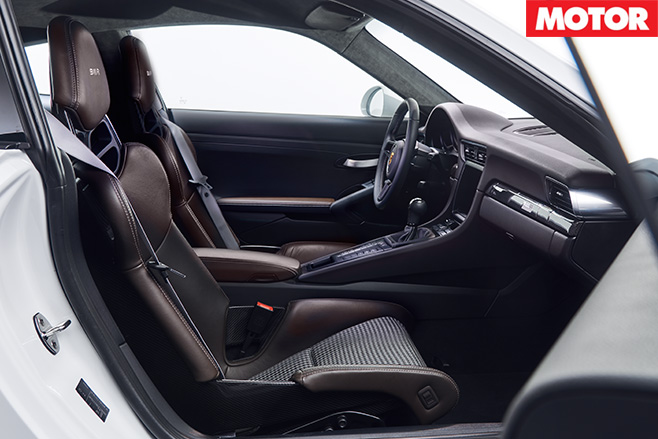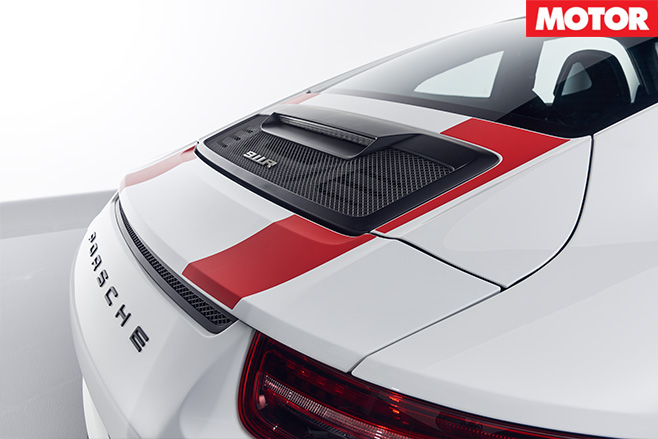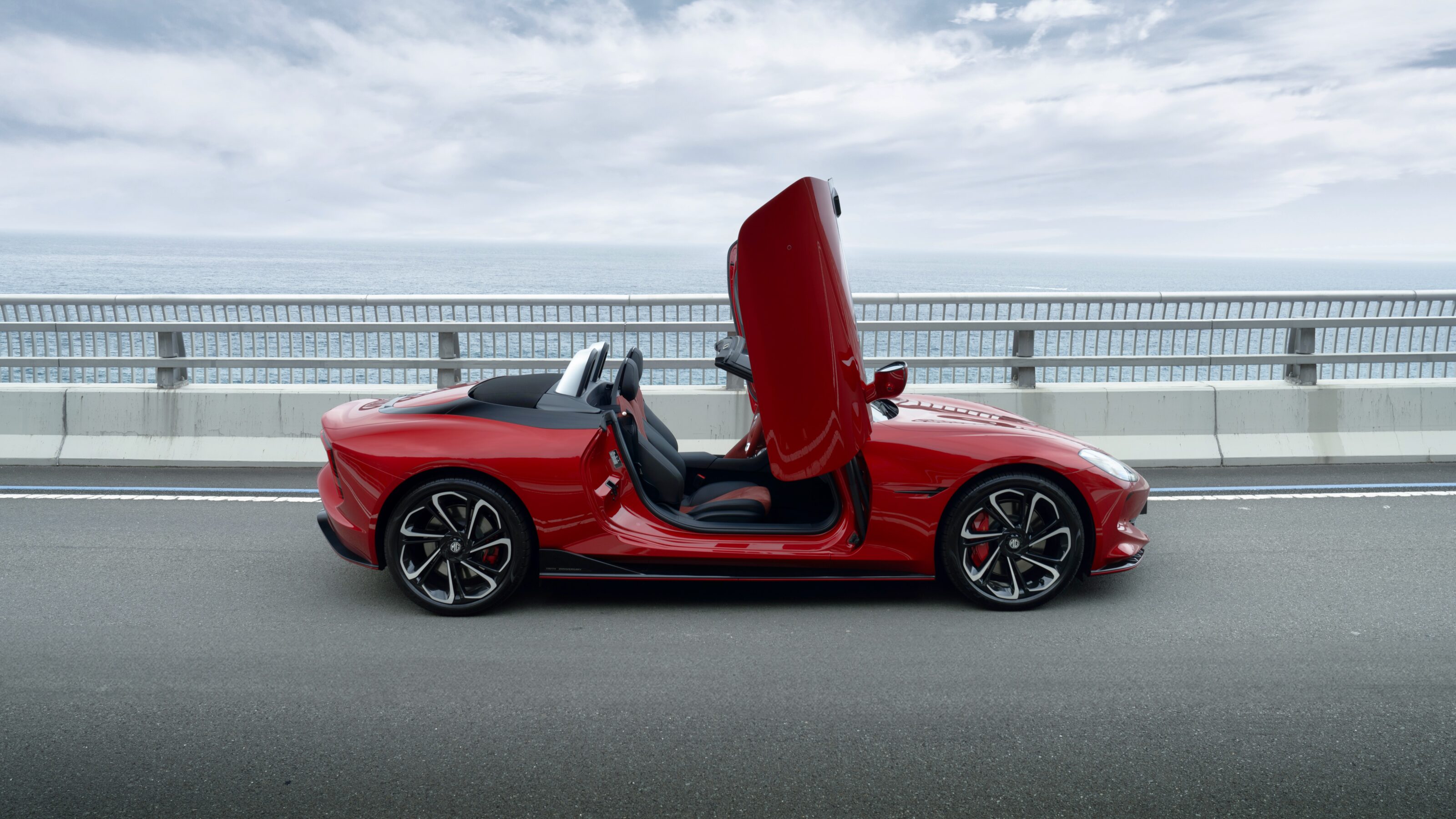If Porsche’s online 911 configurator let you not only choose paint and trim options but pick the juiciest mechanical parts from the entire range, chances are you’d end up with something like the new 911 R.
A last hurrah for the 991-series before the production lines dedicate themselves completely to the new 991.2 models, the 911 R is a lightweight, limited-edition special that stuffs the best bits from Porsche’s motorsport-derived GT cars into a more subtle, retro-inspired package.
Describing the car as “authentic, honest and transparent”, Porsche’s motorsport boss Andreas Preuninger explains the 911 R exists “because there are clients who want to experience driving pleasure in its purest form.” The name is a clue as to its focus, for the 911 R is one of Porsche’s rarest and most revered models – just 20 of the powered-up, stripped-back road-racers were built in 1967 for events such as the Targa Florio.

There are no rear seats, an extra 4.5kg of sound deadening has been turfed compared to even the track-focused GT3 RS, air-con and a radio move to the no-cost options list and a titanium exhaust and carbon-ceramic rotors (410mm front; 390mm rear) are standard.
However, despite the bare-bones standard specification, this is not intended as some stripped-out track-day special. The seats are 918-style carbon buckets, but they are trimmed in a mixture of leather – a choice of brown or black – and pepita cloth upholstery; the green instrument faces are bespoke to the R and carbon fibre is scattered around the interior, including on the dash, centre console and gear lever.

A single-mass flywheel saves a further five kilograms and re-introduces some of the 911’s signature idle rattle that went missing with the move to PDK.
Powering the 911 R is the 4.0-litre flat-six from the GT3 RS producing 368kW at 8250rpm and 460Nm at 6250rpm. The manual gearbox lifts the claimed 0-100km/h to 3.8sec – which seems extremely conservative – but the sleeker body gives it a 323km/h top speed, or 201mph in the old money. With the wings deleted, a new rear diffuser keeps the rear end sucked to the ground while the GT3 front splitter eradicates any lift.

Spring rates are the same as the GT3, however the PASM adaptive dampers have been recalibrated for road use; likewise, the GT3 donates its rear-wheel steering system, however it has been tweaked to offer even more agility, the 911 R moving closer to the Cayman GT4 in feel according to boss Preuninger.

Thankfully, there are still enough enthusiasts out there with the resources and influence to keep the purist sports car dream alive – we can’t wait to drive it.





